Still life is a work of art depicting of inanimate/non-living factors.
It originated in Ancient Egypt then resurfaced and became more popular in the classical period, during the 1700s. Although this is when it became more popular, there is evidence that Jacopo de’Barbari, an Italian Painter, painted a still life piece in 1504.

Still Life Timeline
https://www.metmuseum.org/toah/hd/nstl/hd_nstl.htm
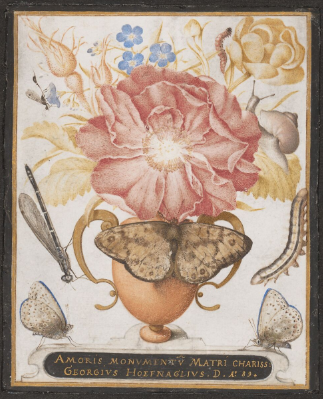

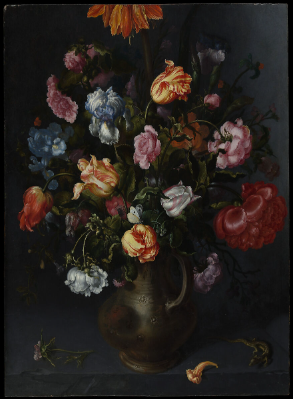
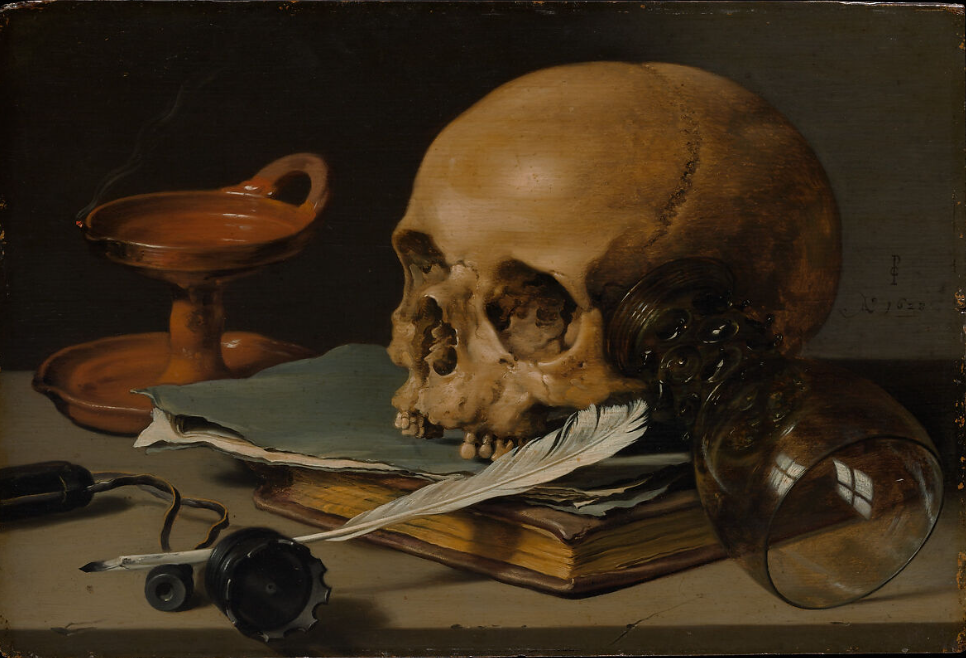
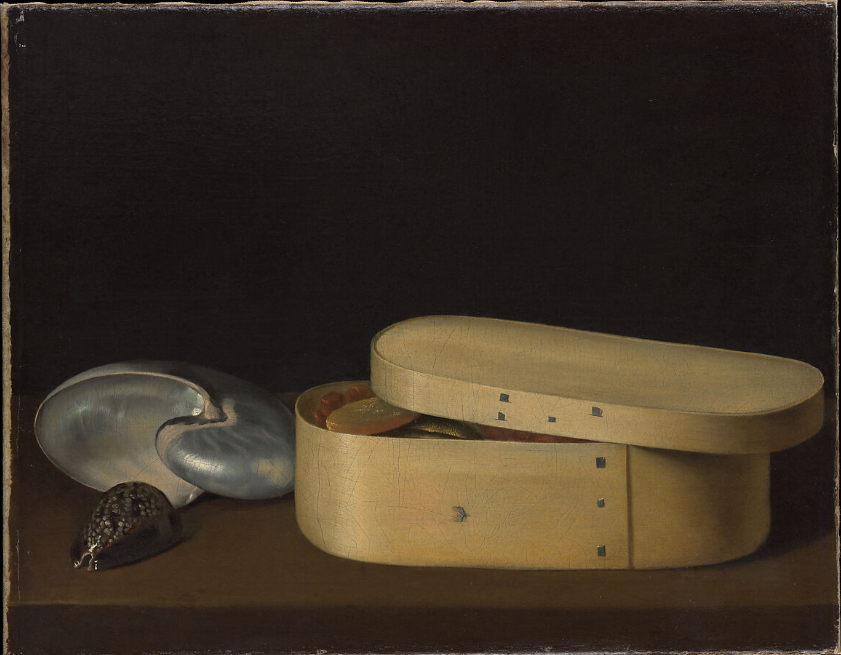
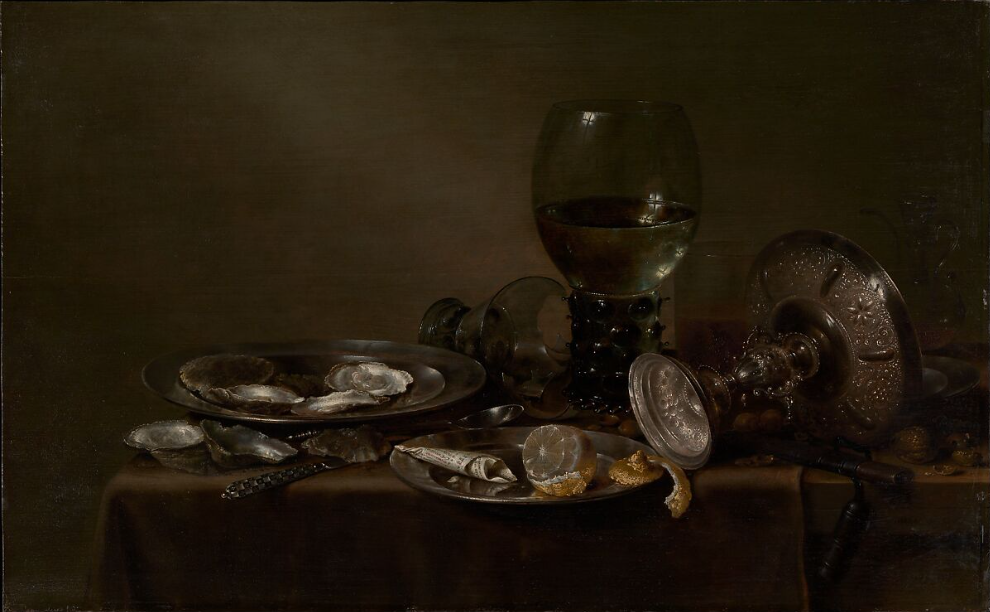
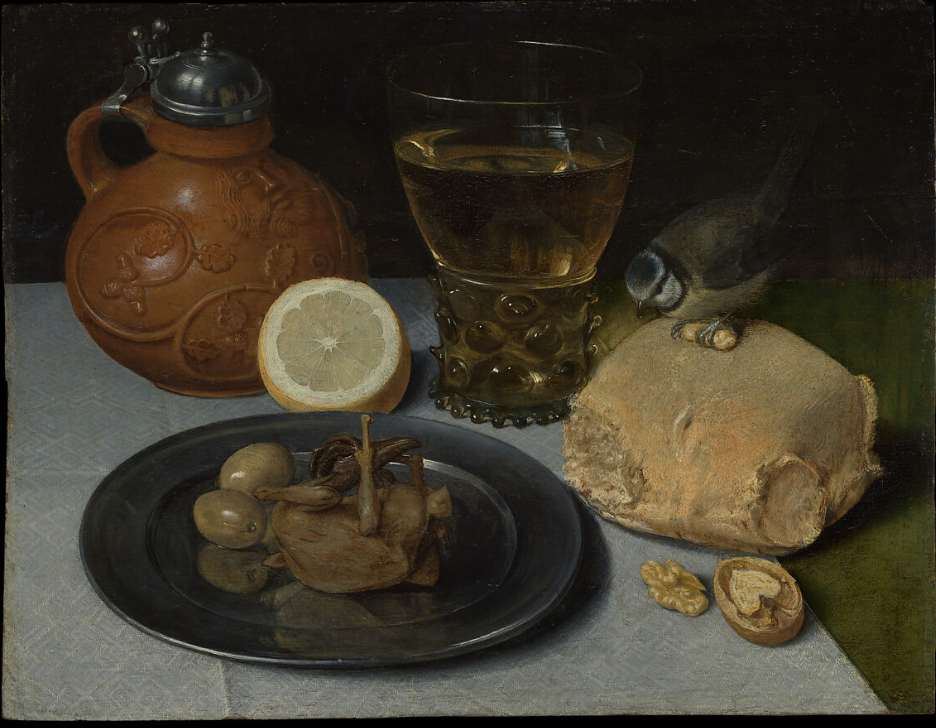
Examples of Still Life Paintings






Still Life Artists




Analysis of Painting

Examples of Still Life Photography
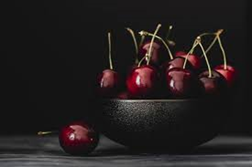


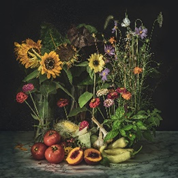
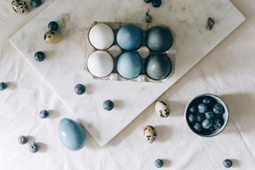
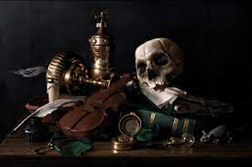
Still Life Photographers
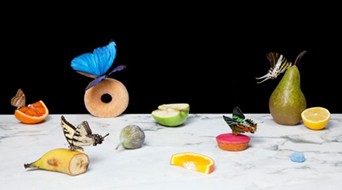
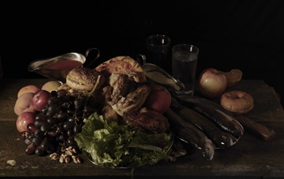
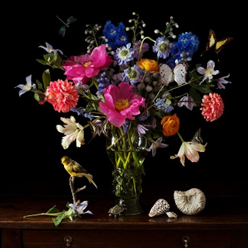
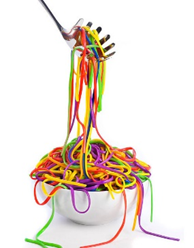
Analysis of Photo
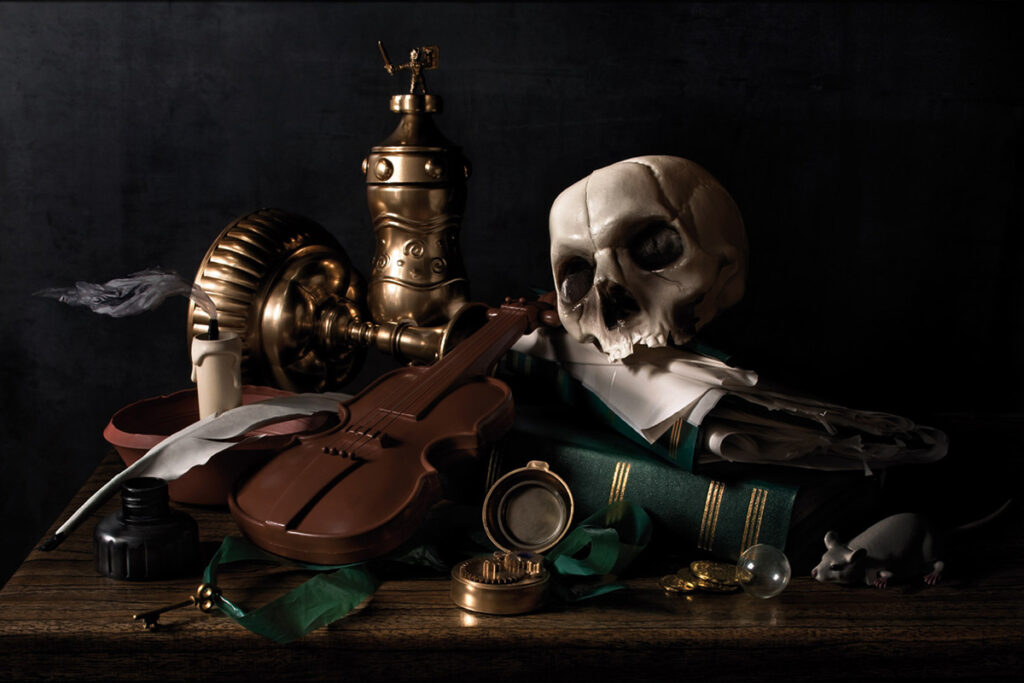
This is a Still Life photograph of objects which were often featured in paintings. For example, the skull was often used to symbolize the inevitability of death and the instrument to symbolize beauty and transience. These objects together create a juxtaposing effect, however, the fact that they are facing towards each other may symbolize the peacefulness of death. The lighting gives the impression that a continuous light was pointed straight on to the objects. The image is in focus, which indicates that the photo was taken with a large depth of field, fast shutter speed and a relatively low ISO. The colours in this image are all very dark and dull which creates a sombre mood. The skull is the focal point of this photo as itself and the material underneath it are the brightest in the image, creating a contrasting effect. The instrument can be interpreted as leading lines towards the skull. The textures in this image all look relatively smooth and the forms are all organic rather than geometric.
Colonialism
Colonialism is when there is control by one power over a dependent area or people. For example, a country having control over people or different areas of the world.
Colonialism impacted still life as new materials and techniques were shared across the world, such as oil paints, canvases and paper becoming more widely available.
Early still life paintings consisted of mainly rich foods and materials, such as exotic fruits and wine, which links to how people used to travel to different places and trade, coming home with many things not commonly found where they live.
Vanitas and Memento Mori
Vanitas is a genre of art which uses symbolism to show death or change as a reminder of their inevitability. This artwork usually features Memento Mori, which is an object kept as a reminder of the inevitability of death, such as a skull. In still life there are also many other objects and symbols used for metaphors such as:
- Religious and mythical symbols – For example, apples signify temptation and knowledge in reference to the Old Testament account of Eve eating the forbidden fruit. Grapes can symbolise pleasure and lust as they are the main ingredient in most wine, associated with Bacchus, the Roman God of wine.
- Candles – passing of time
- Flowers – symbol of life and growth
- Seashells – birth, purity and fertility
- Mirrors – the soul in reflection
- Insects – transformation and decay
- Musical instruments – beauty and transience
- Silver and gold – luxury in still life painting
